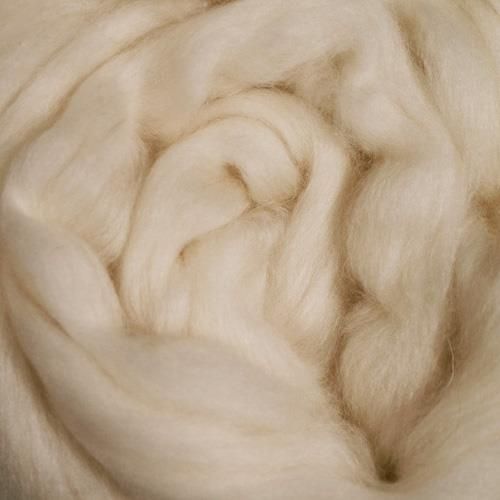What Is Cashmere? Exploring the Premium Material Loved by Fashion Experts
What Is Cashmere? Exploring the Premium Material Loved by Fashion Experts
Blog Article
Checking Out the Various Sorts Of Cashmere an All-natural Fiber for Ultimate Luxury
Cashmere, an all-natural fiber, is often connected with luxury and convenience. However, not all cashmere is developed equivalent. From the highly soft Mongolian selection to the light-weight warmth of Indian Pashmina, each kind offers its own special features and appeal. The more budget-friendly Chinese cashmere, the standard Scottish version, and the high-end Italian blend, all tell a different tale of this exceptional fiber. As we decipher the world of cashmere, a deeper understanding of its true value and refinement starts to emerge.
Recognizing the Luxurious Nature of Cashmere
Cashmere, typically connected with deluxe and comfort, holds a distinct attraction worldwide of all-natural fibers. This soft, lightweight material is fancied for its remarkable heat and exceptional longevity. Unlike various other all-natural fibers, cashmere combines insulation with breathability, supplying unparalleled comfort across varying temperatures. Its lustrous surface and soft structure add to its premium allure, validating the costs rate that usually includes cashmere garments. Furthermore, cashmere's integral wrinkle resistance and elasticity boost its value, making it a favored option for costs clothing and devices. Regardless of its delicate look, cashmere has a shocking durability, able to keep its shape and lavish feel with time. This one-of-a-kind blend of features seals cashmere's position as a symbol of beauty and indulgence.
Just What Is Cashmere and Where Does It Come From?

Provided these outstanding top qualities, one may question the beginning and make-up of this lavish fiber. Cashmere is stemmed from the soft undercoat of cashmere goats, mainly discovered in Mongolia, China, Iran, and Afghanistan - is cashmere a natural fiber. These goats are adapted to extreme climatic problems, generating an incredibly great, soft underfur as a protection versus the bitter cold. This underfur, or undercoat, is what is gathered for cashmere. Each spring, when the goats naturally shed their winter months layer, farmers brush out the fine underhair, leaving the coarser hair behind. This careful process adds to the shortage and high price of cashmere. With its beginning in the rough landscapes of Asia, cashmere is a testament to nature's capability to create deluxe from hardship.
Translating the Various Sorts Of Cashmere
Recognizing the different kinds of cashmere is vital to valuing the top quality and unique characteristics of this extravagant textile. Usually, cashmere is classified right into three types: raw, virgin, and reused. Deciphering these types is the very first step in recognizing the exclusivity and value of cashmere.

The Distinct Characteristics of Each Kind Of Cashmere
Having checked out the various categories of cashmere, it comes to be noticeable that each kind boasts its special collection of attributes. Mongolian cashmere, for instance, is renowned for its superior high quality, due to Mongolia's extreme wintertimes that produce longer and finer fibers. Alternatively, Chinese cashmere is typically more cost effective, though its shorter fibers can minimize longevity.
Why Cashmere Is the Embodiment of Deluxe in vogue
Cashmere holds a renowned a fantastic read placement in the globe of style, related to as an icon of high-end and elegance (is cashmere a natural fiber). Cashmere is acquired from the fine undercoat of Himalayan goats, known for their remarkable high quality fiber. Cashmere's unequaled comfort and resilience make it a popular material in the production of premium garments.
The Refine of Making Cashmere: From Goat to Garment
The journey of cashmere, from being an undercoat of a Himalayan goat to an extravagant garment, is a complex one. With the development of spring, farmers in Mongolia and China accumulate the woollen by brushing the goats, ensuring no injury is done. The obtained woollen includes crude external hair and soft downy undercoat. This mix is after that fastidiously separated, with only the soft down used for cashmere. This raw cashmere is cleaned, colored and spun into yarn. The thread is after that woven or knitted right into fabrics. The final step entails washing and pressing to give the fabric its characteristic soft qualities and heat. From goat to garment, each step is a testament to the skill, perseverance and virtuosity associated with crafting cashmere.

Conclusion
Finally, cashmere, with its all-natural beauty and exceptional convenience, rules from this source supreme on the planet of deluxe style. The diversity in kinds, ranging from the soft Mongolian, light-weight Indian Pashmina, affordable Chinese, traditional Scottish, to the vibrant Italian, exposes the flexibility of this natural fiber. The meticulous procedure of transforming it from a goat to a garment better includes in its exclusivity, making cashmere the embodiment of class and luxury.
Cashmere, an all-natural fiber, is often connected with high-end and comfort (is cashmere a natural fiber).Cashmere, typically linked with high-end and convenience, holds an unique allure in the world of all-natural fibers. Unlike other natural fibers, cashmere combines insulation with breathability, supplying unequaled comfort across differing temperature levels. Cashmere is acquired from the soft undercoat of cashmere goats, mainly located in Mongolia, China, Iran, and Afghanistan. Cashmere is derived from the great undercoat of Himalayan goats, recognized for their exceptional high quality click for source fiber
Report this page